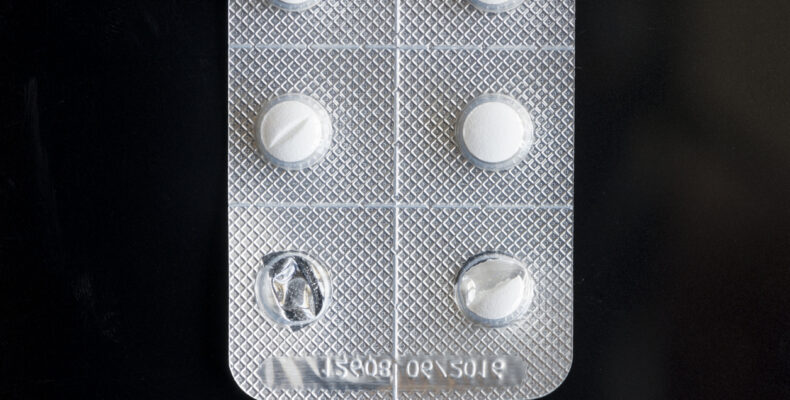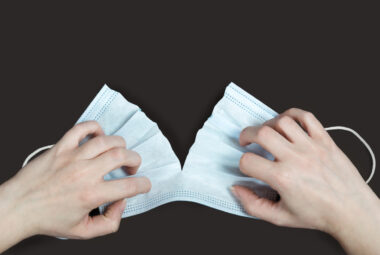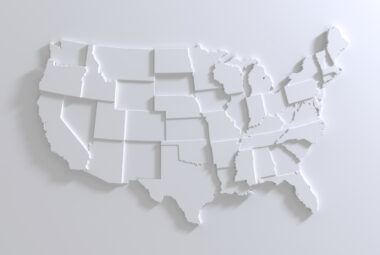
The silent epidemic: unmasking the dangers of counterfeit pharmaceuticals
In today’s globalised world, counterfeit pharmaceuticals have emerged as a silent epidemic, endangering the health and lives of millions. The World Health Organization (WHO) and the International Federation of Pharmaceutical Manufacturers & Associations (IFPMA) describe counterfeits as: “drugs that have been falsely labelled regarding their identity and/or origin to deliberately fool consumers”. With the rise of online marketplaces and illicit supply chains, the prevalence of fake medications has reached alarming levels.
Counterfeit creep
One of the primary causes behind the proliferation of counterfeit drugs is criminal enterprises looking for high profit schemes. There is a high demand for pharmaceutical products and fake pharmaceuticals are much cheaper to produce than originals giving potential for exceptional profit margins.
Pharmaceutical companies put a huge amount of expenditure into research and development (R&D) of their products, which must also undergo regulatory approval before they can be marketed. The R&D and regulatory approval process is a lengthy one, with new medicines or vaccines taking, on average, around 10 to 15 years before market launch.
Unlike a legitimate company, a counterfeiter does not have to factor considerable capital outlay into its profit margins. Weak regulatory systems, inadequate enforcement, and corruption in some parts of the world further facilitate the manufacturing, distribution, and sale of these fake drugs.
Antibiotics are the most commonly counterfeited drugs in low-income nations, whereas in high-income countries there is a growing trend toward fake ‘lifestyle’ medications, such as Botox, fillers, and injectable slimming medications.
The rise of counterfeit medicines, which are not only falsely labelled but also generally substandard and without regulatory approval, is a threat both to public health and to the economic investment made by innovators of patented medications as well as generic manufacturers in the pharmaceutical industry.
The term ‘generic’ is used to describe reputable medicines which are produced after the original (brand-name) product has lost its patent protection. Generics are available under a different name, yet offer equivalent quality to brand name products. Authentic generics are credible medications. However, criminal organisations increasingly offer counterfeit products that are supposedly equivalent to certain generic products.
Responding to the counterfeiters
In a workshop on counterfeit drugs, the WHO determined that counterfeiting is facilitated where there is a lack of effective Intellectual Property (IP) protection.
Patents are usually considered the first line of defence in protecting intellectual capital. They allow patent holders to seek injunctions, damages, and other remedies against people manufacturing, using, selling and importing products that are protected by the patent.
In addition, patents require the inventor to disclose the details of the invention, often including the manufacturing process and formulation. This disclosure can make it easier for regulatory bodies and law enforcement agencies to detect counterfeit drugs that do not match the patented specifications.
Trade marks also serve as a powerful tool in the fight against counterfeit drugs by protecting brand identity, raising consumer awareness, and enabling legal action against counterfeiters.
By registering and promoting a trade mark, pharmaceutical companies establish a unique brand identity that consumers can trust, making it easier for consumers to differentiate between genuine and counterfeit drugs.
Both patents and trade marks enable pharmaceutical companies to establish control over their supply chain. By licensing authorised distributors and retailers, patent and trade mark owners can ensure that their products are distributed through legitimate channels and reduce the risk of counterfeit drugs entering the market through unauthorised sources.
By collaborating with regulatory bodies, customs officials, and law enforcement agencies patent and trade mark owners can assist in the identification and removal of counterfeit products from the market.
Many pharmaceutical companies also implement serialisation and track-and-trace systems that use unique identifiers, such as serial numbers or barcodes, on their products’ packaging. These systems help in tracking the movement of drugs throughout the supply chain, making it easier to identify and remove counterfeit products.
All manufactures of medicines can limit their economic harm by proactively assessing their product and available options to protect it using IP.
If you would like to find out more about how IP can help protect your pharmaceutical innovation, please contact the authors Scarlett Bond and Victoria Seville or one of our pharmaceutical experts.



